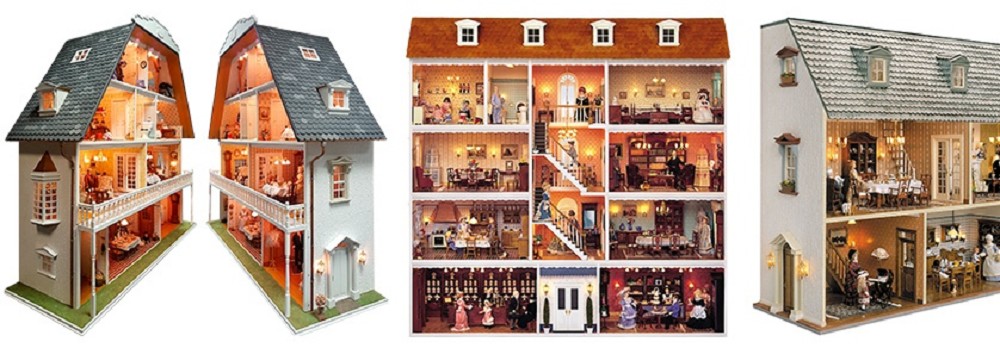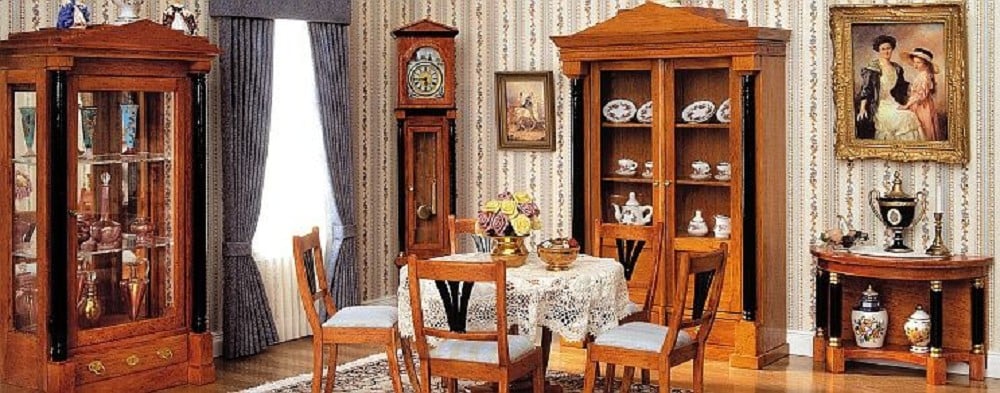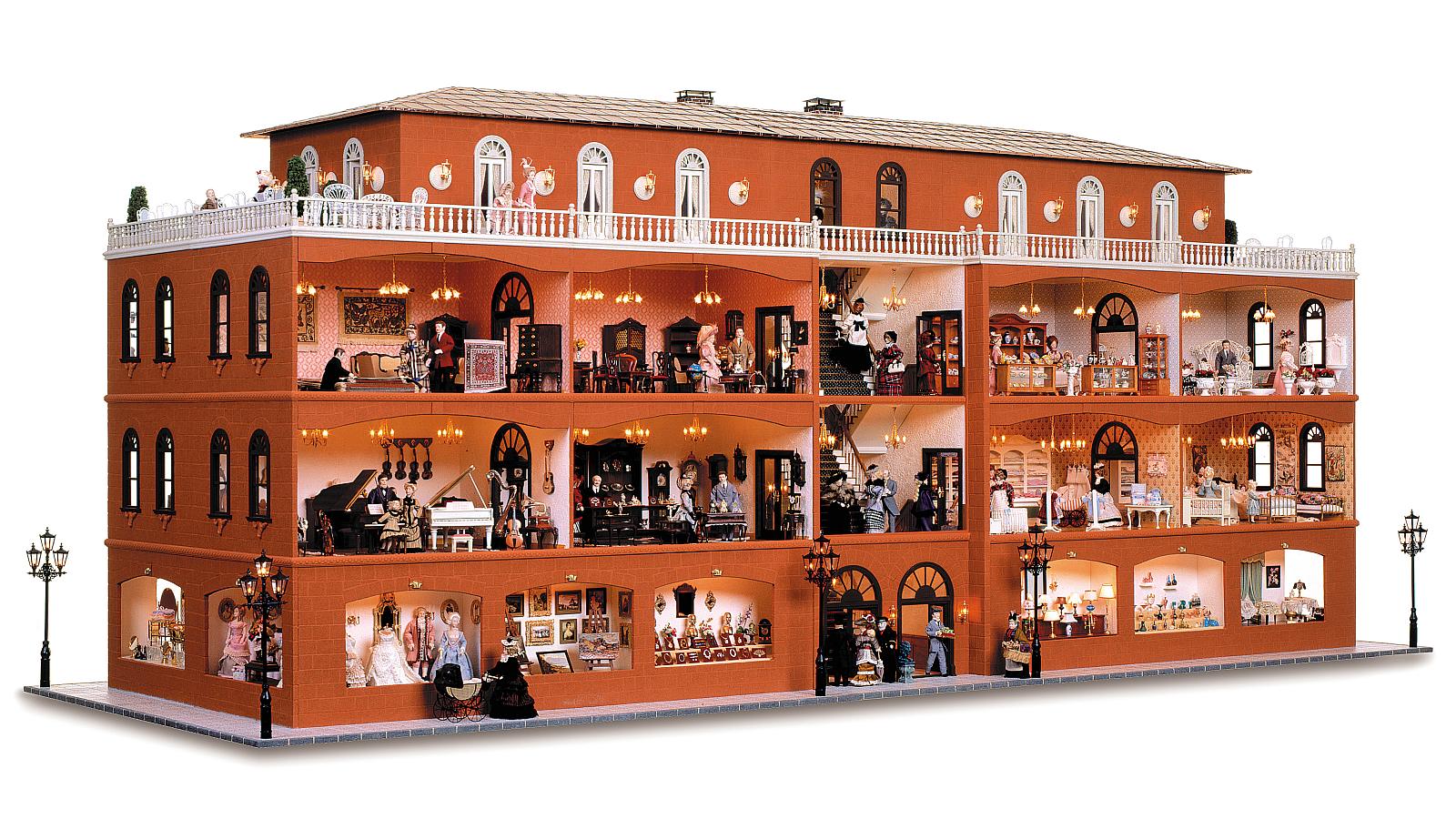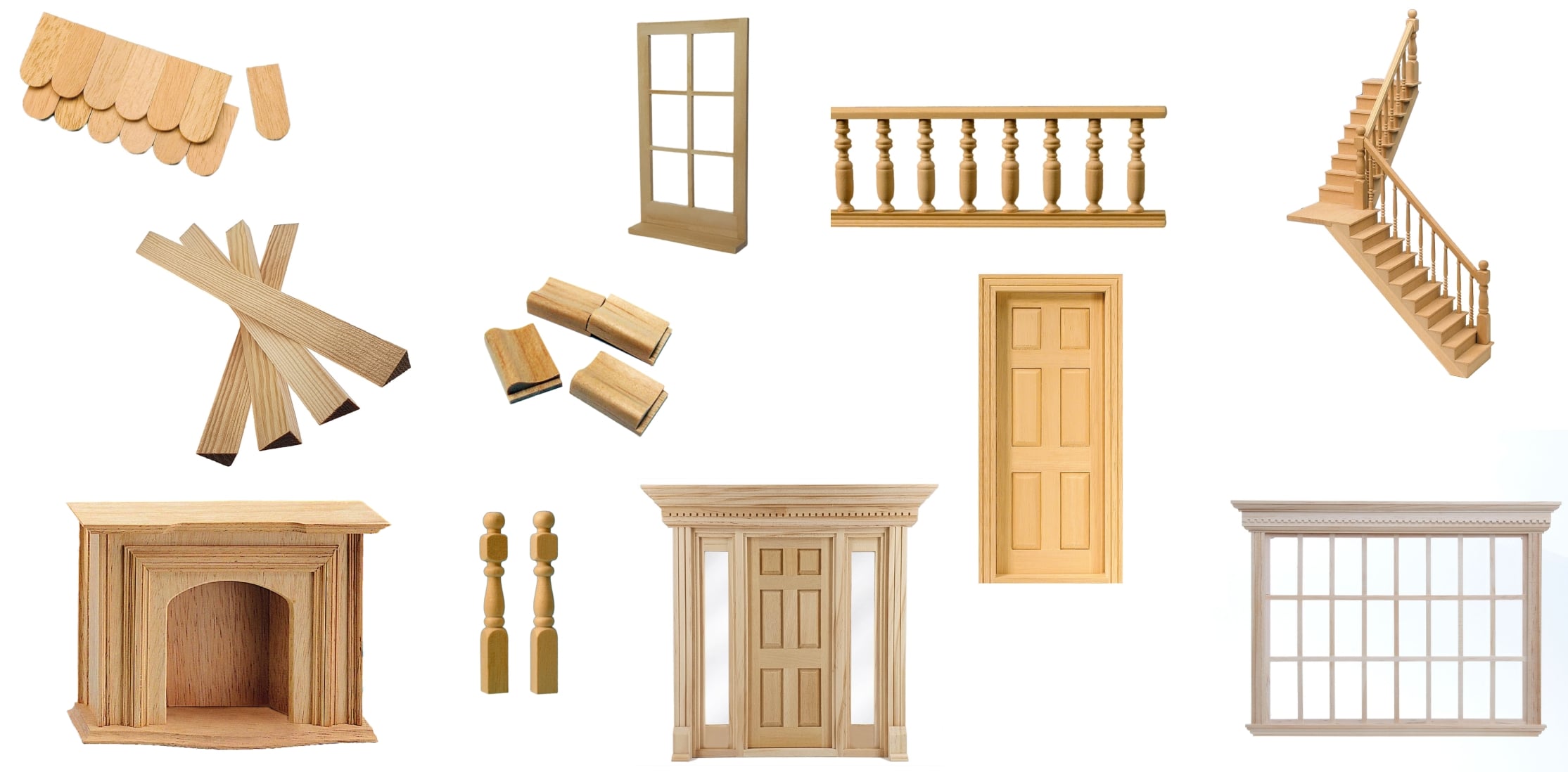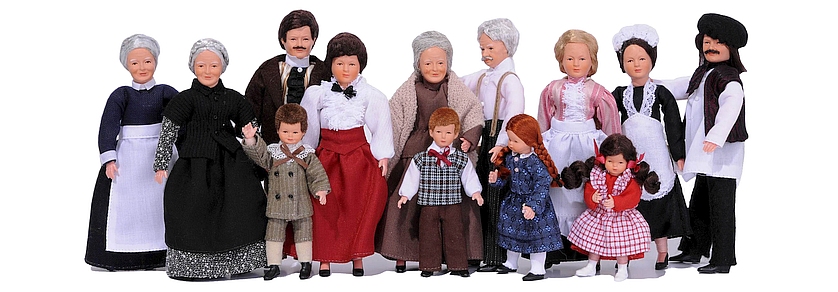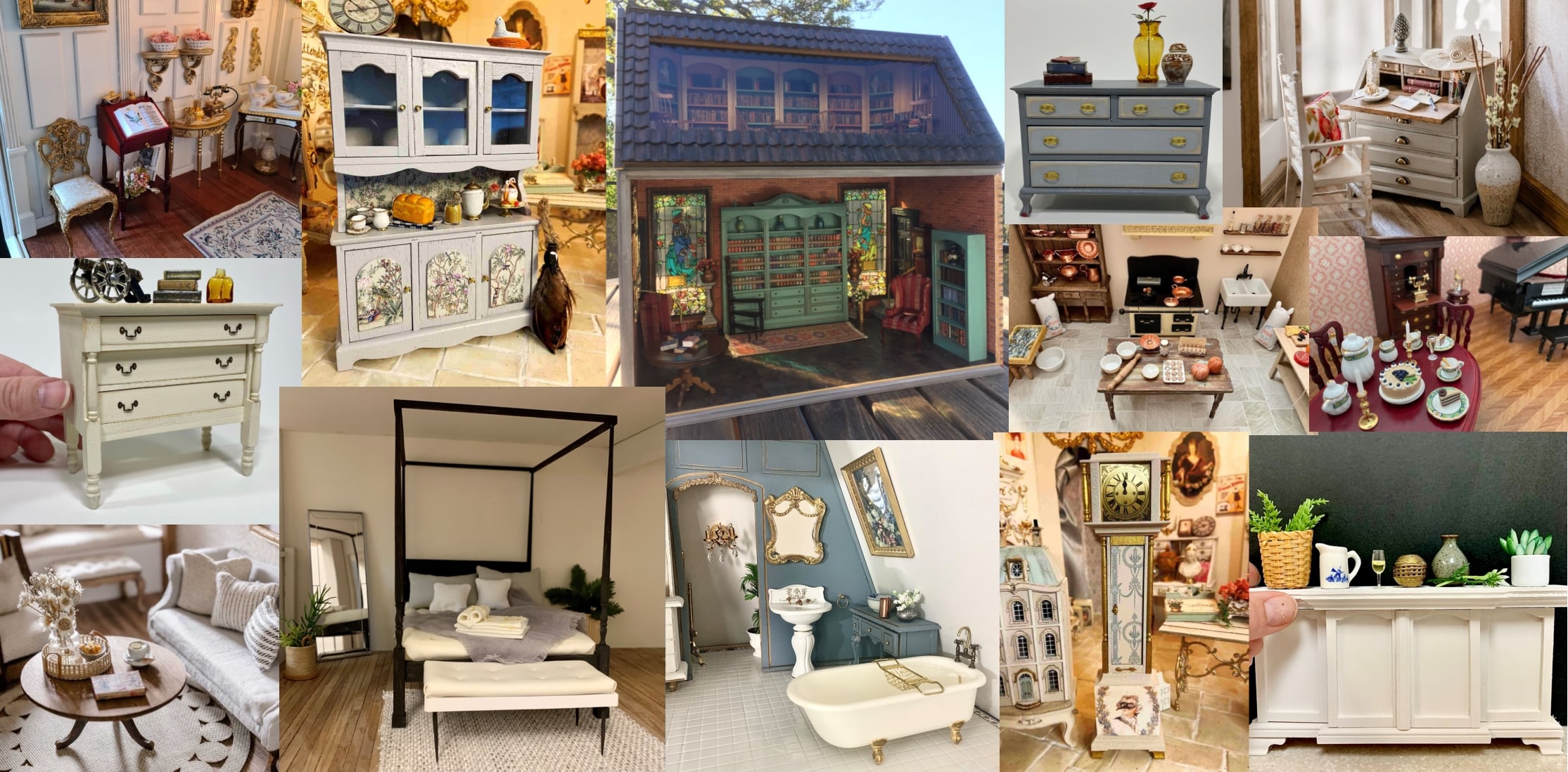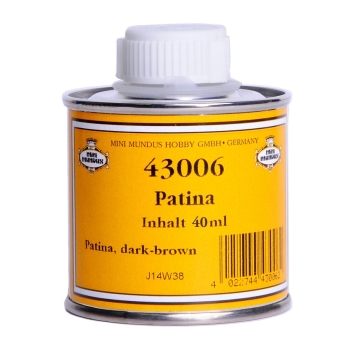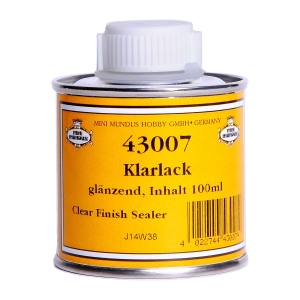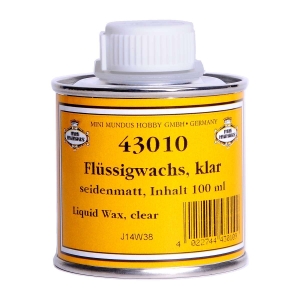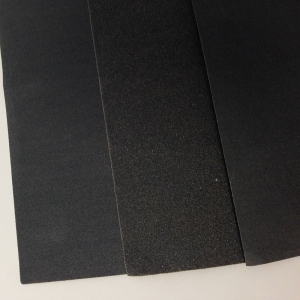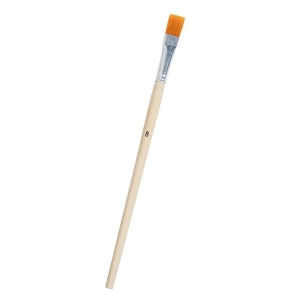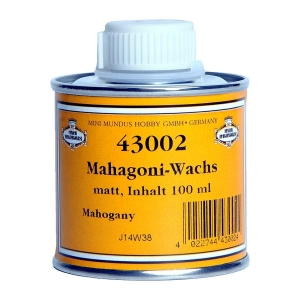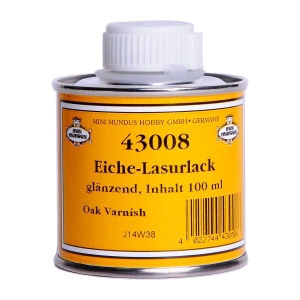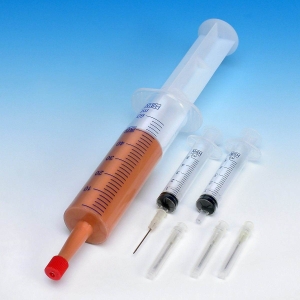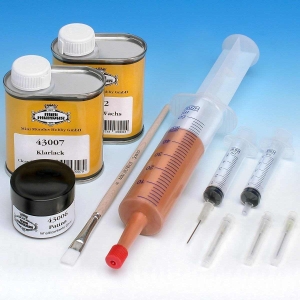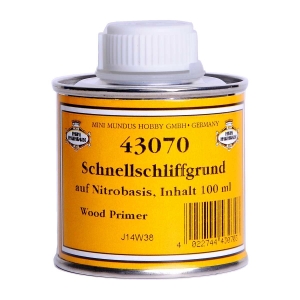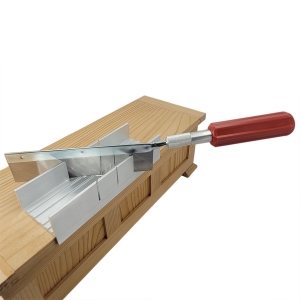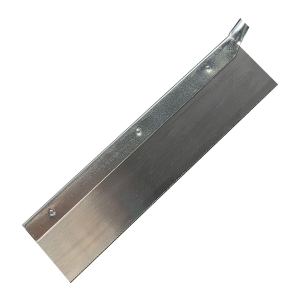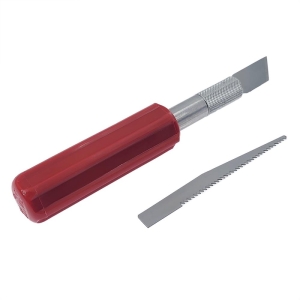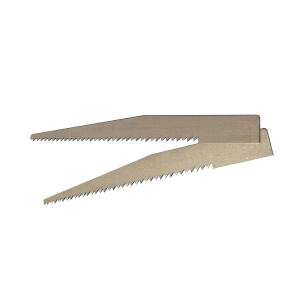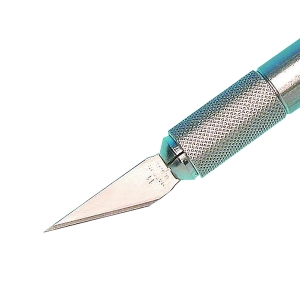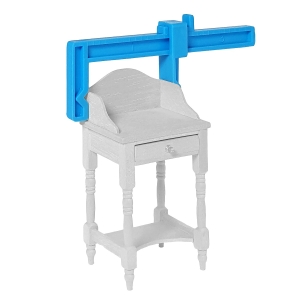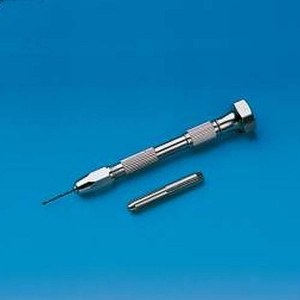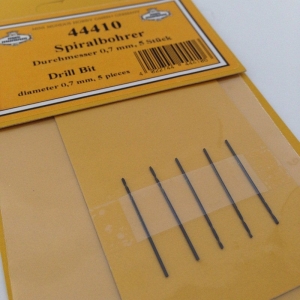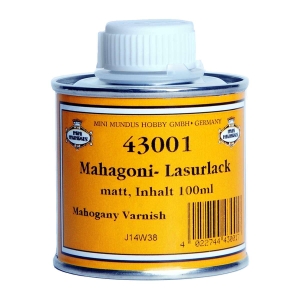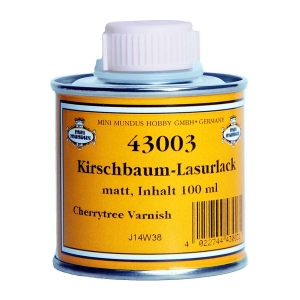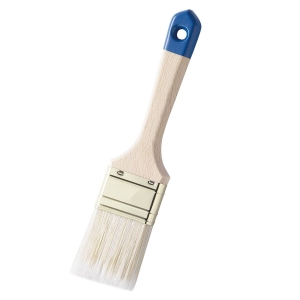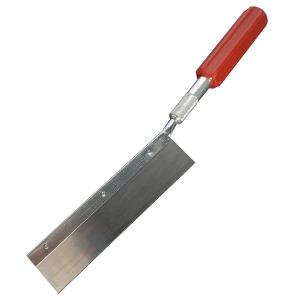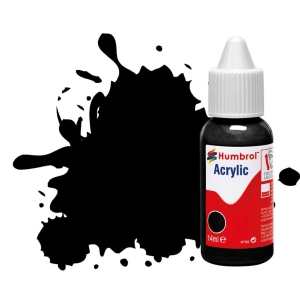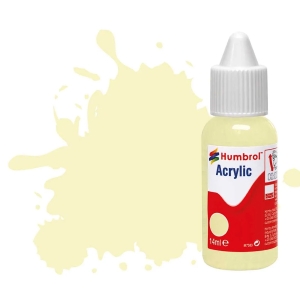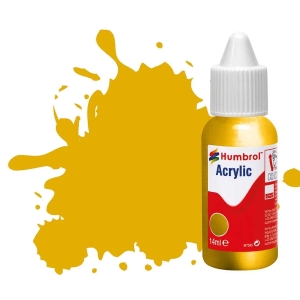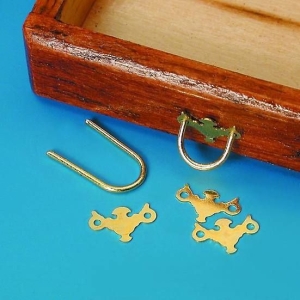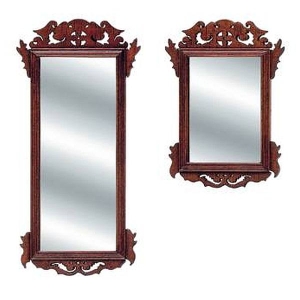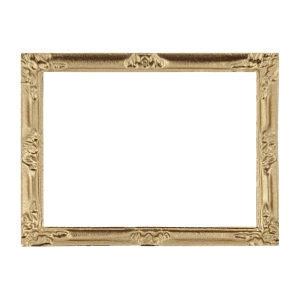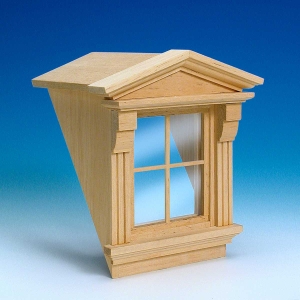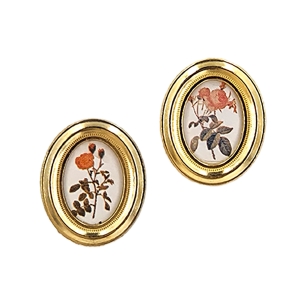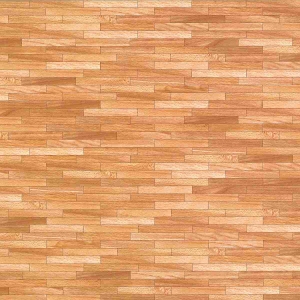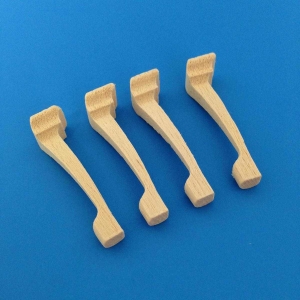Patina
€ 7,50
€ 18,75 pro 100 millilitre
incl. 19 % VAT excl. shipping costs
weight 0,1 kg
delivery time 2-3 days
![]()
Available, enough stock
Product.Nr. 43006
products condition new
You receive 100 loyalty points for each product review. Write a review
30 ml in a glass bottle
Useful additions
0 Reviews
Loyalty points
You receive 100 loyalty points for each product review. learn more
product description
Patina
Our high-quality patina is perfectly matched to the fine wooden surface of our kits.
30 ml in a glass bottle
The professional surface treatment
If our small reproductions are to be as similar as possible to the original, the professional method with several work steps, as used by carpenters and restorers of old pieces of furniture, is the best.
The patination technique in particular clearly shows the big difference between ordinary (ready-made) doll's furniture and the authentic miniature reproductions of Mini Mundus in museum quality.
Preparation of the furniture:
In order to achieve an authentic look for your furniture pieces, it is good to understand what caused the "patina" on the old furniture pieces. Over several hundred years, particles of soot, dust and dirt have remained on the surface of the furniture. Although the large surfaces of the furniture were constantly polished through cleaning and use, dirt collected in hard-to-reach places such as corners, crevices, in the recesses of carvings and on the edges of fittings. Areas that were constantly in contact with clothing, e.g. the front edges of a drawer, a worktop on a secretary or the seat of a chair, have become particularly polished and therefore lighter in color.
This ageing process is now to be imitated with our special matt patina.
Before applying the patina, either paint the piece of furniture with one of our special glaze varnishes or use our selection of solvent-free liquid waxes, which consist of the natural products linseed oil, beeswax and Caranuba wax.
Sealing the wax layer:
Use a soft brush or a sponge to spread the patina over the entire surface of the piece of furniture. It does not matter how thickly or evenly the patina is applied. The patina does not penetrate the wood surface due to the previous clear lacquer sealing or use of glaze lacquer and can be easily wiped off again. After about 5 minutes drying time, start wiping off the applied patina, preferably with a fine cotton cloth or cotton bale. Use the cloth or bale to rub off the patina completely in some places, only partially in others and not at all in corners and recesses. This creates an "antique wood surface" on the piece of furniture. Make sure the transitions are smooth.
The patina requires a drying time of around 6-8 hours.
Clear coat:
Clear lacquer (43007) is applied for the final sealing. If you want your furniture to have a high gloss finish, you should apply several coats of clear lacquer. Between each coat, sand the furniture to a high gloss with sandpaper (600 grit) after drying.
Tip:
You can achieve a very attractive matt-gloss finish on the furniture by omitting the clear lacquer coat and instead sealing the surface with clear liquid wax (43010).
Manufacturer identification (GPSR) - click here
Manufacturer identification (GPSR) - click here
Name: Mini Mundus Hobby GmbHE-Mail adress: info@minimundus.de
Streetaddress: Raiffeisenstr. 3
ZIP Code: 63303
City: Dreieich
Country: DE
Phone: +49 6103 94890
EU economic operator
Name: Mini Mundus Hobby GmbHE-Mail adress: info@minimundus.de
Streetaddress: Raiffeisenstr. 3
ZIP Code: 63303
City: Dreieich
Country: DE
Phone: +49 6103 94890

